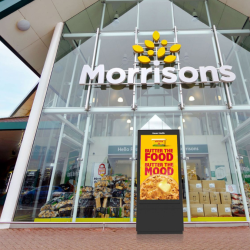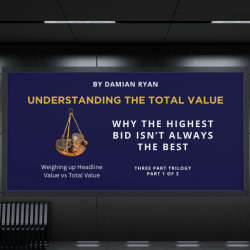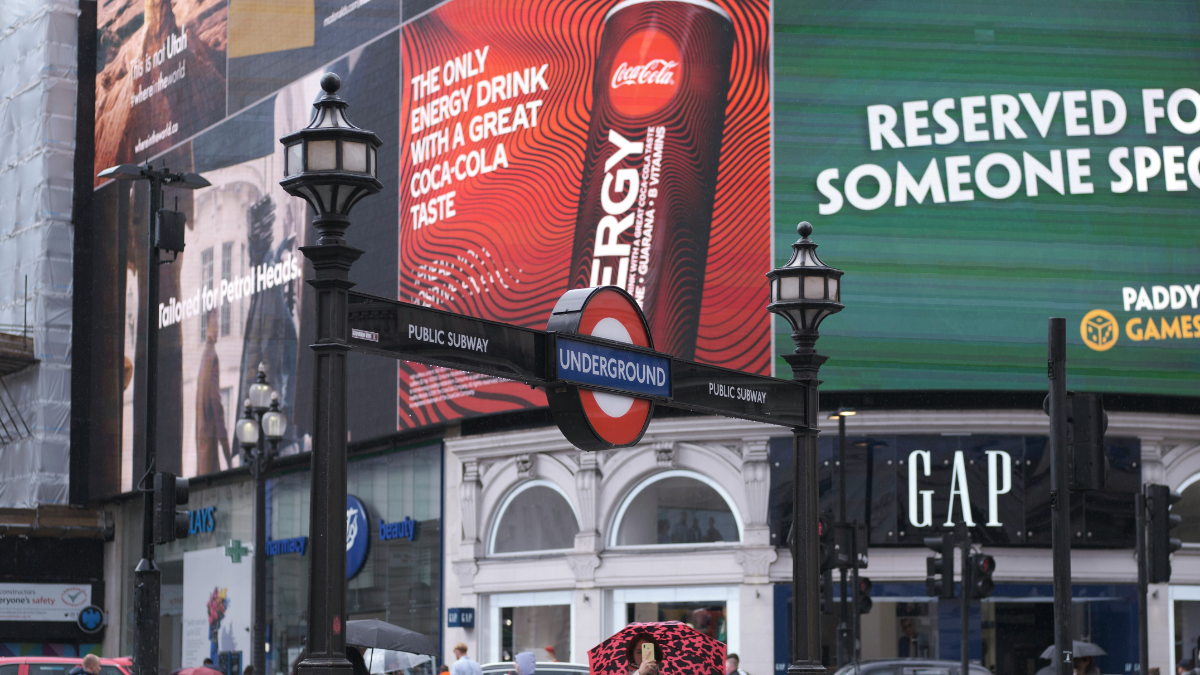The UK ad market returned to growth in 2024, hitting £42.6 billion in spend — up 10.4% year-on-year — according to new figures from the Advertising Association/WARC Expenditure Report. But while the topline looks strong, deeper signs of fragility are starting to emerge.
In 2023, ad spend technically grew by 6%, but after adjusting for inflation, the market actually shrank by 1.2%. By contrast, 2024’s 10.4% rise delivered a real-terms increase of 7.6% — comfortably outpacing the 5.8% growth forecast previously by AA/WARC.
Looking ahead, the market is expected to grow by another 6.3% this year to reach £45.2 billion, with spend projected to hit £47.8 billion in 2026. Still, confidence has softened slightly since January’s forecasts, with economic headwinds, political uncertainty and looming US trade tariffs casting a long shadow.
Within the headline ad spend figure for 2024, digital media continued to dominate, with our out of every five ad pounds now going online. Search spend surged 12.8% to £16.9 billion in 2024, while online display — including social media and video — jumped 15.1% to £16.7 billion.
Retail media was the breakout star, soaring 22.7%. That said, there are signs that 2024 may mark a high point rather than the beginning of sustained momentum. A recent Adweek article revealed that brands are seeing flat or declining returns from retail media, even as Walmart pushes for spend increases of up to 25%. One global brand has already walked away from its annual deal, citing underperformance and inflexible terms. Meanwhile, Google’s U-turn on third-party cookie deprecation has undercut one of retail media’s biggest selling points: exclusive access to first-party data in a cookie-less world. With traditional tracking now set to continue, retail media’s unique edge is fading.
Retail media’s long-term trajectory is now less certain — but other parts of the market are showing signs of evolution. According to the AA/WARC Expenditure Report, even TV, once seen as digital’s casualty, is adapting. Redefined to include ad-funded VOD like Netflix, Disney+, Prime Video, and FAST services, TV ad spend grew by 3.8% to £5.3 billion. Video-on-demand alone jumped 25.7%.
Lindsey Clay, CEO of Thinkbox, said TV’s evolution comes at the right time for brands hunting for safe havens:
‘It’s great to see this return to growth for TV advertising in the UK — growth that reflects its expansion and the proof of TV’s effectiveness.‘
But Clay also issued a pointed warning about the continued rise of social media ad spend:
‘While we celebrate some growth in quality advertising investment, we should also reflect on how social media advertising continues to grow despite huge question marks over its return for investors, and growing proof of its destructive impact on society in general and young people in particular.’
By 2026, search, retail media, social, and other digital formats are forecast to account for over 80% of the entire UK ad market — underlining the relentless march of online dominance.
The 2024 festive season gave the market another boost to the industry, with Christmas spend up 9.1% compared to 2023. Search (+12.5%), online display (+15.4%), TV VOD (+23.2%), and cinema (+24.2%) all benefitted from a late-year uplift.
Cinema’s strong finish was powered by a heavy-hitting slate of releases including Wicked, Gladiator II and Paddington in Peru.
Despite the positive outlook, industry leaders are sounding cautious notes. Stephen Woodford, CEO of the Advertising Association, said that while ad spend is growing faster than GDP, ‘geopolitical headwinds and regulatory uncertainty’ could shake advertiser confidence.
James McDonald, WARC’s forecasting lead, warned that new US tariffs could hit UK businesses with international supply chains hard, eroding margins and feeding inflation — a scenario where advertising budgets often get squeezed.
‘The temptation to cut ad budgets in such a climate will be elevated’, McDonald said. ‘WARC research clearly demonstrates that short-termism poses an inordinate risk to enduring brand equity.’
The same tension runs through the latest figures: resilience at the surface, anxiety beneath it. Out of home rose 7.7%, radio climbed 3.2%, and even direct mail eked out a modest 0.8% rise. But print media continued to slide, with national and regional newsbrands and magazine titles all seeing further contractions.
The UK ad market may be outperforming expectations on paper, but the signals from inside the industry are more nuanced. With inflation lingering, consumer confidence shaky and global tensions rising, advertisers are being urged to resist short-term cuts and stay focused on long-term brand strength.
Photo by Patrick Frossard on Unsplash.




















